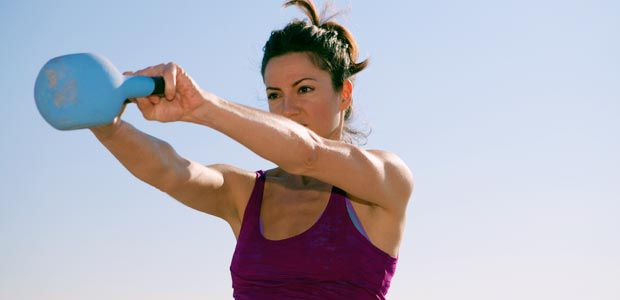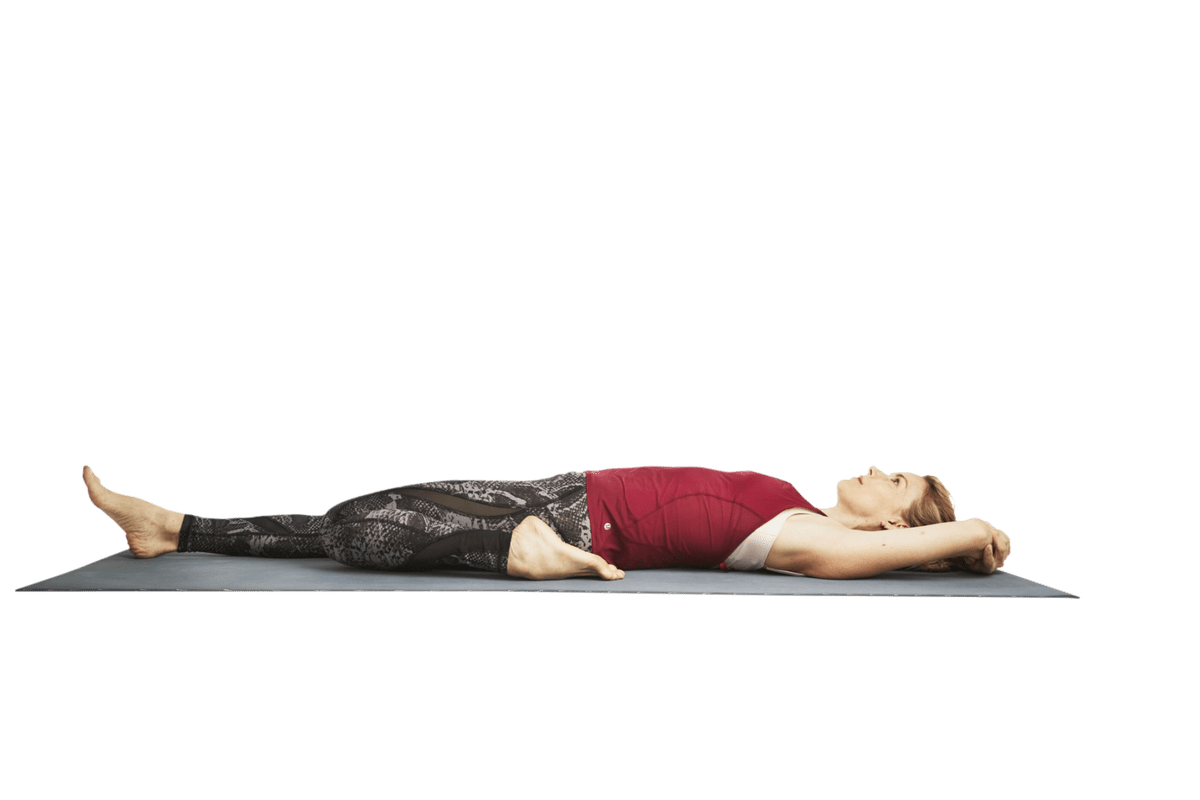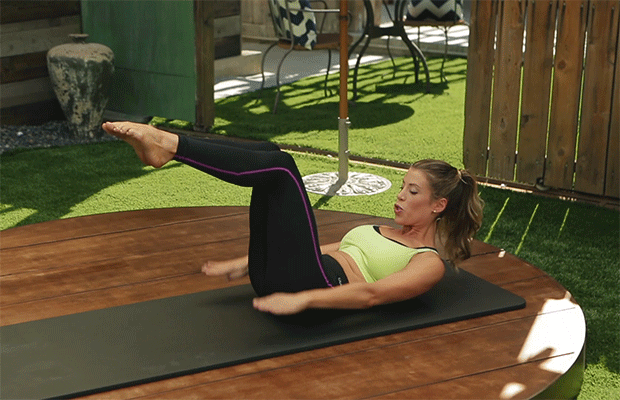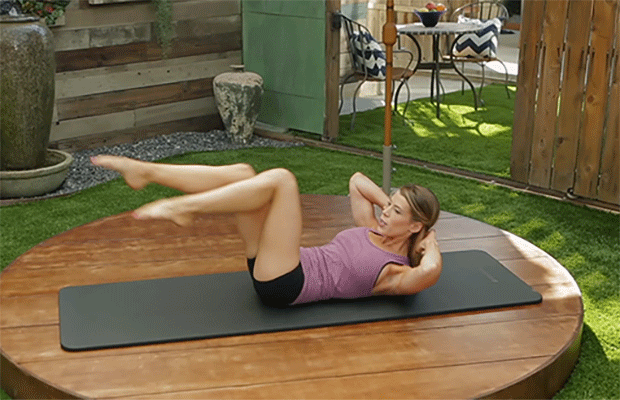
If I had a nickel every time a female customer told me that they refused to lift weights for fear of getting bulky, let's just say I'd have loads of nickels. Although, yes, there is a diet and cardio target, the fact is that on the treadmill alone the lean muscle will not survive. In my knowledge, the greatest-kept secret to fat loss still seems to be weight lifting.
You should know that you can get bulky unless you take supplements to increase muscle development, because your body just doesn't have the hormones to get there naturally. When you do it, Cardio just burns calories, but strength training has what is known as the afterburn effect. Owing to "Excess Post-Exercise Oxygen Consumption" or EPOC, even after you're finished exercising, your metabolism remains high. For up to 48 hours after your workout, a well-designed strength-training program will keep you burning calories and fat.
Here are four items, plus a sample workout schedule, that your exercise regimen should include.
Training for pure power
True to the way it sounds, this part of the program is designed specifically to build or maintain muscle mass. The more muscle you have, the faster your metabolism will be, and the more calories and fat your body will burn. Your body type and level of expertise will determine how much weight you should be lifting and for how long. If you’re more advanced you can get away with lifting heavier loads, whereas if you’re just starting out, start with lighter weights (or no weights) and then add on once you’ve mastered the movement itself. My new book Strong is the New Skinny has a step-by-step guide for each fitness level, plus tons of strength training exercises to choose from to keep both your mind and body guessing. If you can only get to the gym 3 days a week, use those days to do your Training for pure power. You can create a 5-move workout here or try these bodyweight exercises.
A strength training tip: Donâ€TMt weigh yourself. The numbers on the scale can fluctuate when you lift weights. You will lose weight, but you'll gain toned muscle. Will you rather see the number go down on the scale or would you rather lose inches and even though you weigh a little more, have your clothes suited better? It shouldn't even be a race.
Training for Metabolic Resistance
Training for Metabolic Resistance (MRT) is also sometimes referred to as HIIT or high-intensity interval training. Either way you spin it, the main concept is that you’re performing periods of intense work, followed by a short period of rest. When done correctly, MRT can be the best way to skyrocket that heart rate and keep your body burning fat throughout the rest of the day. But, since the work is so quick and intense, form is of the essence. Respect your ability level—if you know you’ve already exhausted your arms from a set of burpees, don’t go for the squat with overhead press. Keep in mind that there are a number of ways to perform these types of exercises, whether it’s dumbbells, kettlebells, or body weight exercises like mountain climbers or push-ups. For more ideas, check out The 15-Minute Workout to Change Fat to Muscle.Â
While cardio should not be the only source of physical activity in your overall fitness routine, there is still a place for it. As a form of interval training, cardio can be performed in two ways: moderate intensity or high intensity. All depends on where the heart rate is. Reasonable intensity is good for improving your overall aerobic base (heart rate in about the 120-150 range) as well as improving your recovery over the week as your body gets rid of any lactic acid build-up from resistance training. Before your strength training days, use it as a warm-up, about 10 to 15 minutes to just get the body going. Or as an MRT exercise, you can use it to bring the heart rate up to about 90% of its full effort and then recover with a rest time. Try making sets of 100 jump ropes as quickly as you can, resting between them for 30 seconds to a minute. Or, run on the treadmill at intervals: jog for a minute, then walk for a minute. For an extra challenge, try to raise the slope by 1% eac eac.
Your days of rest are just as important as the days you're going all out. You're actually tearing the muscle fibers apart when you work the muscles to the point of exhaustion. You need to give them time to recover in order to let them rebuild. When you work out every day, you don't give the body the time it needs to heal and restore. If you fail to take a day off, you may possibly do more harm than good, so it's crucial to take sufficient rest days as part of your schedule.
A software sample:
Monday: Moderate intensity cardio warmup + Training for pure power
MRT, Tuesday:
Wednesday: Moderate intensity cardio warmup + Training for pure power
Thursday: Cycles of the MRT (treadmill or jump rope)
Friday: Moderate intensity cardio warmup + Training for pure power
-MRT
Sunday: relax and rest
The leading fitness expert, television personality, entrepreneur and best-selling author of the latest book, Strong is the New Slim, is Jennifer Cohen. Jennifer was the featured trainer on The CW's Shedding for the Wedding with her trademark, straight-talking approach to fitness, mentoring the contestants to lose hundreds of pounds before their big day and she appears on NBC's Today Show, Extra, The Doctors and Good Morning America on a regular basis. Connect on Facebook, Twitter, G + and Pinterest with Jennifer.













